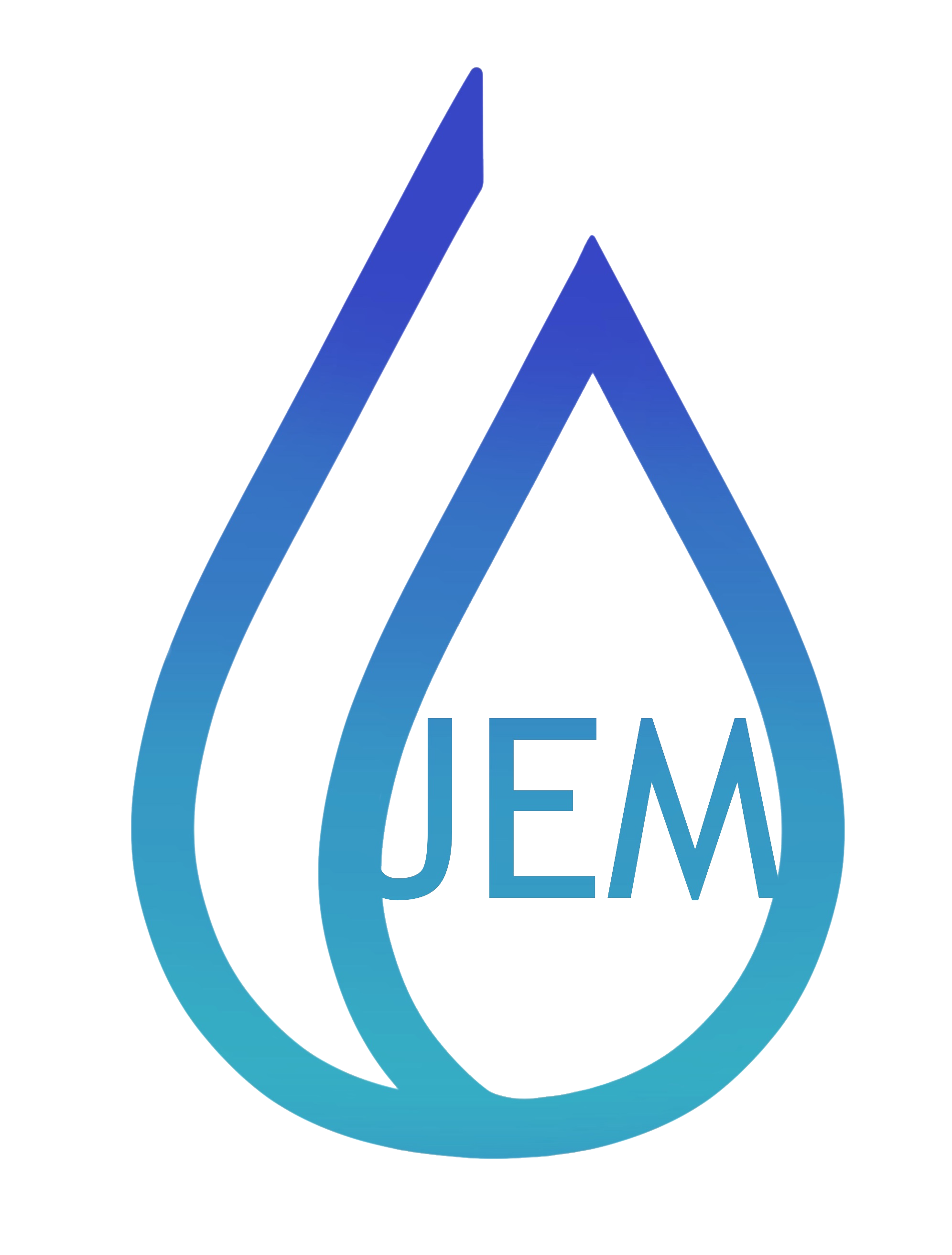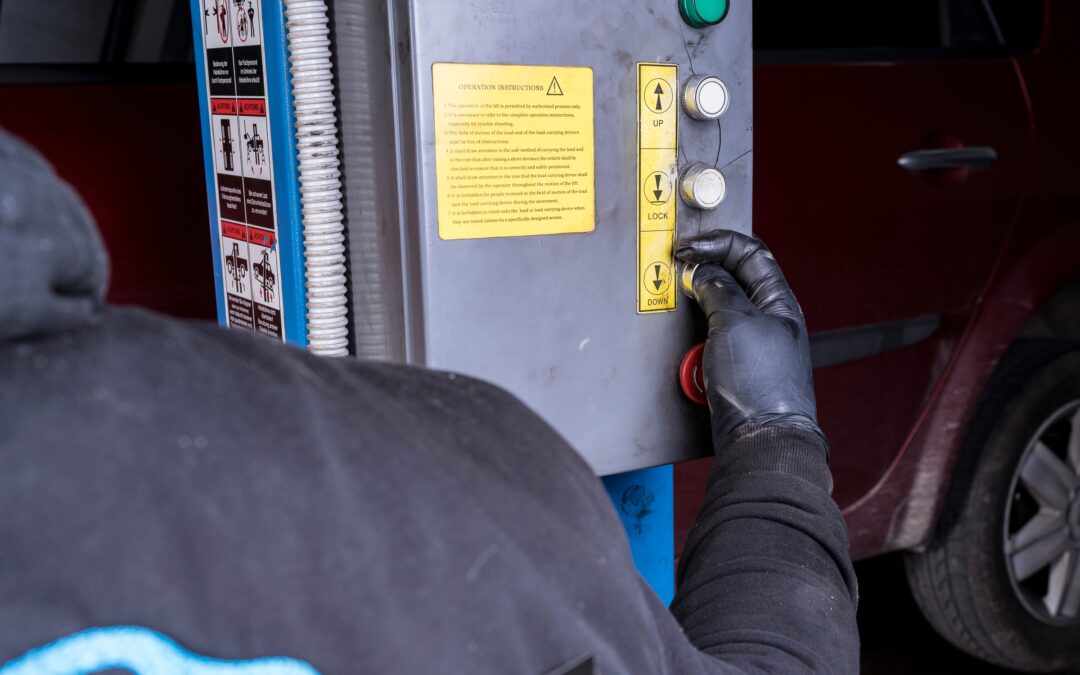Effective safety communication is essential in the workplace. It helps employees identify potential hazards and take necessary precautions. Without consistent communication about safety protocols, the likelihood of accidents and injuries increases. Sharing safety policies and procedures with employees before they begin new roles or work in unfamiliar environments is crucial for maintaining a safe workplace.
Discussion Points:
- Training,
- Safety Meetings,
- Visual Aids,
- Internal Communication and
- Manufacturer’s Labels.
Discussion:
Clear and effective safety communication involves sharing information about hazards and risks with all employees. It ensures everyone understands the operational procedures, safety rules, and responsibilities. Consistent communication establishes clear expectations, enhances employee engagement, and helps maintain a safe and functional work environment. Various means of communication include training sessions, safety meetings, visual aids, internal communication, and manufacturer’s labels.
Employee training sessions are essential for communicating safety information and are vital to the company’s safety program. They discuss operational procedures, safety protocols, and local, state, and federal regulations and standards.
Weekly safety meetings or toolbox talks provide a platform for managers to discuss recent incidents, address employee concerns, and review changes to safety procedures. Encouraging employees to ask questions and provide feedback during safety meetings is essential for establishing a two-way communication channel between managers and staff. Employees often have valuable insights about safety issues that management may not be aware of. They should feel comfortable speaking up if they notice potential hazards or safety concerns in the workplace.
When sharing safety information, it is crucial to be clear, concise, and consistent. Using simple language and avoiding technical jargon ensures that all employees understand safety guidelines, regardless of their background or education level.
Visual aids such as posters, signs, bulletin boards, and videos can significantly enhance understanding. Safety information can also be shared through emails, newsletters, and other internal communication channels.
Manufacturer’s labels are on nearly all equipment, machinery, tools, and chemicals. These labels provide critical information about the hazards and safety measures associated with each product.
Following up on safety communications ensures employees adhere to the guidelines and implement the necessary safety measures. Fostering an open and transparent communication environment encourages employees to report safety concerns and seek assistance; providing a safe and anonymous approach can help prevent accidents.
Effective safety communication is essential for creating a safe work environment for all employees. By regularly sharing safety information, addressing concerns, and providing feedback, employers can prevent accidents and injuries in the workplace.
As always, stay safe out there!


Recent Comments